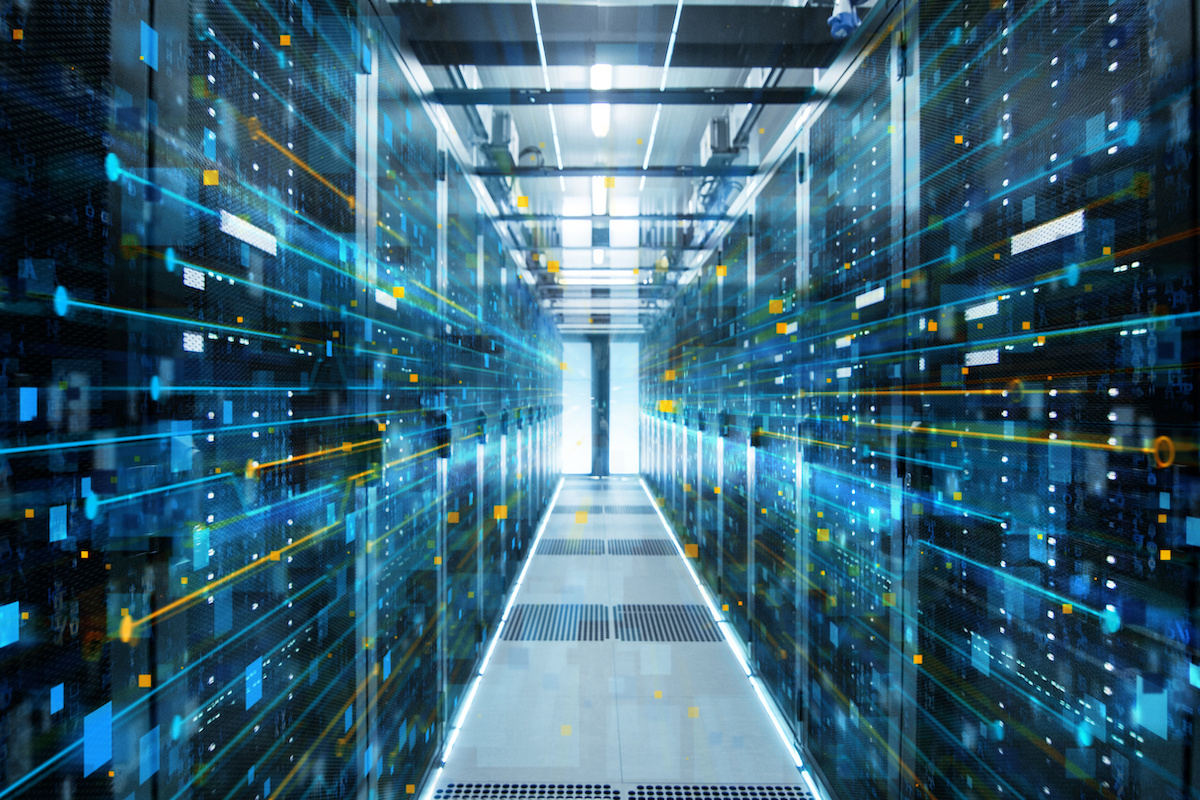

It’s the lifeblood of big tech companies, from Google and its subsidiary YouTube to Amazon and Facebook. Thanks to ever increasing computational power, the exploding size of databases, and closely related advances in artificial intelligence, data mining (the term is now often interchangeable with AI) rules the business world. Another potential use of data mining circa 2001 also sounded thrilling: computer-searchable video libraries.

The recommendation engines described in this, the opening of our 2001 article on data mining, seemed impressive at the time. Lesson 4: The trajectory of progress matters “I did not envision a world where these machines would take over and make decisions for us,” says Atick. And that’s a problem now that facial recognition is increasingly relied on for sensitive tasks like identifying criminal suspects. But facial recognition also took a turn that Atick now says “shocks me.” Related Storyīut that remarkable advance came with a trade-off: no one really understands the reasoning the machines use.

Part of that vision eventually came true with such applications as Apple’s FaceID. It would give the cell phones and personal digital assistants that were increasingly popular a way to recognize their owners, spelling the end of PINs and passwords. In 2001, Joseph Atick, one of the pioneers of biometrics, saw facial recognition as a way for people to interface with their gadgets and computers more securely and easily. These techniques, including one that uses CRISPR gene editing, promise to make covid tests far more accessible and widely used. It took a few months for researchers to dust off the technology, but now covid-19 diagnostics using microfluidics are appearing. Suddenly, there is an appetite for a fast and cheap lab-on-a-chip solution. Conventional tests rely on multistep procedures done in an analytical lab this is expensive and slow. It’s fair to say that microfluidics became a scientific backwater.Ĭovid-19 ended that. There simply wasn’t an overwhelming demand for the technology. But the field has fallen short of its promise of transforming testing. Clever advances continued, such as ultra-cheap and easy-to-use paper diagnostic tests (“Paper Diagnostics” was a TR10 in 2009). Since then, microfluidics has found valuable uses in biology research. These promised quick diagnostic tests and the ability to automate drug and genomic experiments. We chose microfluidics in 2001 because of some remarkable advances in moving tiny amounts of biological samples around on a small device-a so-called lab-on-a-chip. Making brain interfaces practical requires advances in both the science and the gadgetry.) Lesson 2: Sometimes it takes a crisis
TECHNO OPTIMISM SERIES
(A footnote to lesson one: success often depends on whether a series of advances can all come together. There has been success in shrinking the electronics and making the implants wireless, but progress in the science has been slower, hindering the visions Nicolelis and Musk hoped to realize.

As it turns out, neuroscience is very difficult. Despite some encouraging human experiments over the years, such interfaces remain a scientific and medical oddity. That claim has come true, but thanks only to the demise of Palm Pilots, not the popularity of brain-machine interfaces. As our biomedicine editor, Antonio Regalado, wrote in 2001, “Nicolelis sees the effort as part of the impending revolution that could eventually make as common as Palm Pilots.” Both men had similar visions for directly connecting the brain to computing devices via implanted chips. An observer at Musk’s event might have been forgiven for wondering whether 20 years had really passed since Nicolelis’s experiment.


 0 kommentar(er)
0 kommentar(er)
